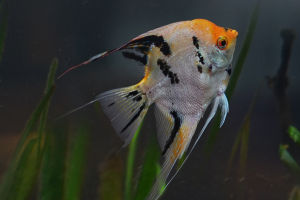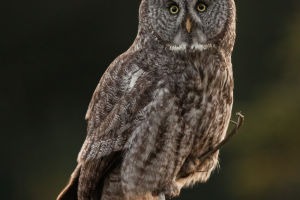In the natural world, among groups of social animals, multiple families typically exist, with individuals bearing close resemblances. However, they can still recognize their offspring or parents, a phenomenon particularly evident in sheep herds.
Suppose a newly standing lamb is removed from its mother and reintroduced into the flock. In that case, it eventually returns to its mother's side after trial and error, showcasing a remarkable ability to recognize parents.
This "recognition capability" appears innate but remains perplexing. All adult sheep look quite similar, unlike humans, who exhibit differences in skin color, facial features, and body shapes.
So, how do lambs find their mothers among numerous adult sheep? If visual recognition is the mechanism, then how strong is their vision? If not visual, what other methods do they employ to recognize their mothers? To explore these questions, scientists abroad conducted several targeted experiments.
What experiments did scientists conduct?
Before the experiments, scientists speculated that lambs' ability to recognize mothers relied on vision, hearing, and vocalization.
Thus, they designed three experiments to validate this hypothesis. They gathered 24 ewes and 24 lambs, each corresponding to a specific ewe, and separated them for 1.5 hours before commencing the experiments.
The first experiment involved placing one lamb in an enclosed space with four pictures of ewes on the wall. One of the pictures depicted the lamb's mother, while the other three depicted different ewes. This aimed to test whether lambs used vision to identify their mothers. After testing one lamb, another would be substituted, and the process would be repeated.
The second experiment aimed to assess if lambs identified their mothers through hearing. Researchers recorded the calls of multiple ewes and played them in different areas within a closed space, including the mother's call. This mirrored the first experiment, in which lambs were tested successively until all 24 were examined.
The third experiment combined the first two, with researchers deliberately mismatching ewe pictures and calls. Lambs were then allowed to choose.
What did these experiments reveal?
The first experiment's results indicated that lambs didn't rely on vision to identify their mothers.
Only a few lambs among those tested showed a clear preference for one of the four pictures; others showed no preference. This suggested that lambs primarily relied on sound for recognition, as confirmed by the second experiment.
Despite the cacophony of ewe calls in the enclosed space, starting with the first lamb, all subsequent lambs were not intimidated by the mixed sounds. Instead, they steadily approached a specific sound. Subsequent verification by researchers confirmed that lambs showing clear preferences successfully located their mothers. This experiment illustrated that lambs identify their mothers primarily through sound.
The third experiment aimed to increase confusion. If relying on pictures, all lambs mistook their mothers. However, if relying on the sounds accompanying the pictures, all lambs correctly identified their mothers. This experiment reiterated that lambs primarily find their mothers by recognizing their vocalizations. Additionally, scientists found that once lambs determined their mother's location, they emitted bleats, adding a touch of endearment.
Similar experiments were conducted on adult ewes, revealing their ability to recognize "facial pictures" of fellow ewes within the same pen and their lambs. However, adult sheep had an accuracy rate of only 72% when identifying pictures of their owners. Scientists estimated that human facial features appear blurry to adult sheep in comparison.


